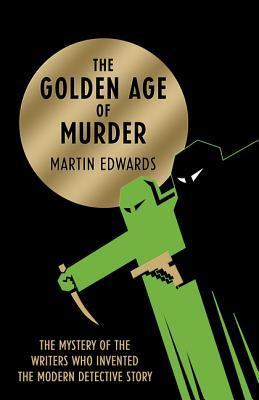What do you think?
Rate this book


528 pages, Hardcover
First published May 7, 2015
an elite social network of writers whose work earned a reputation for literary excellence, and earned a profound long-term influence on storytelling in fiction, film, and television.